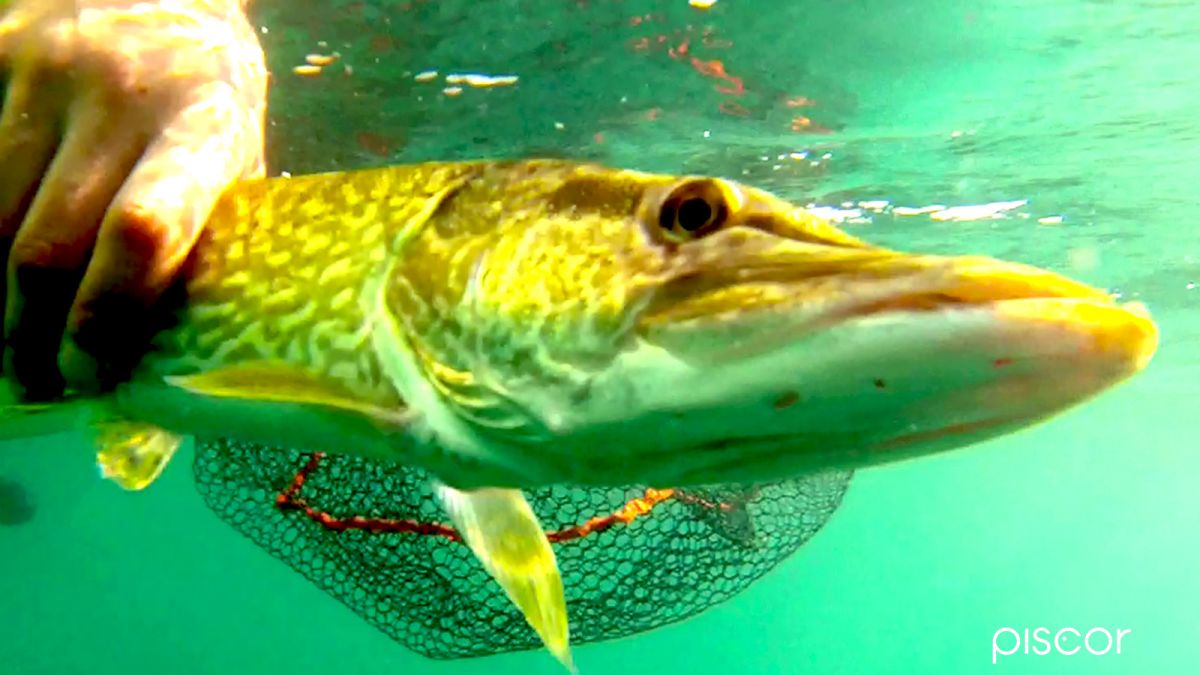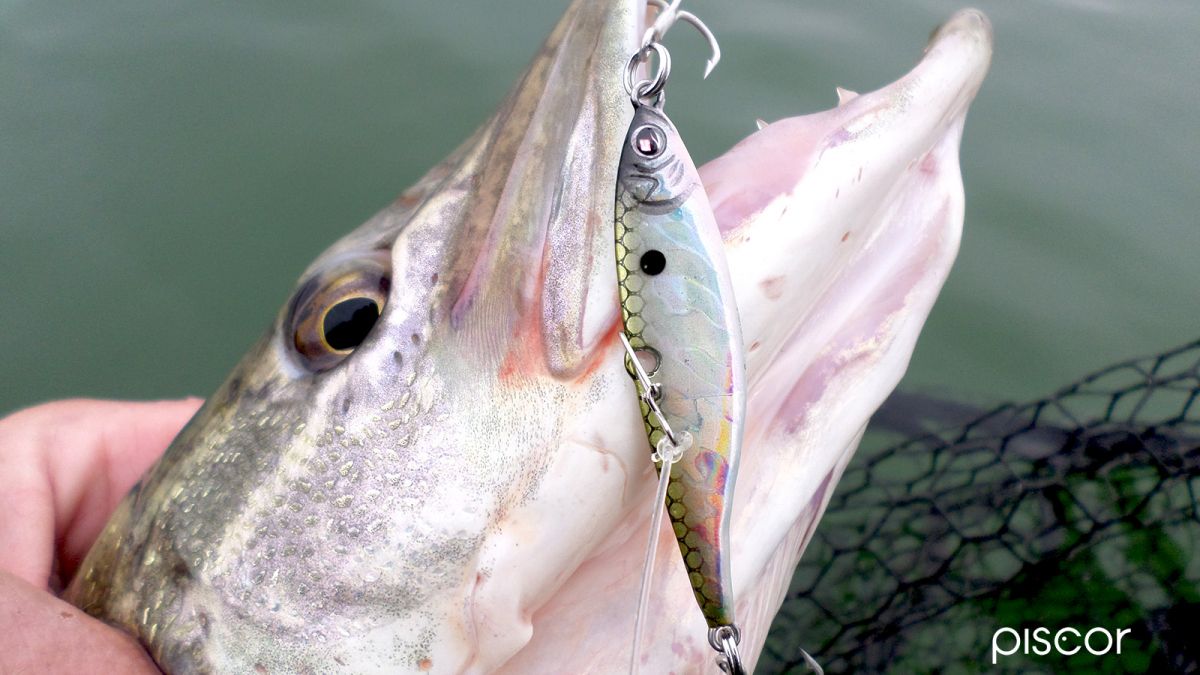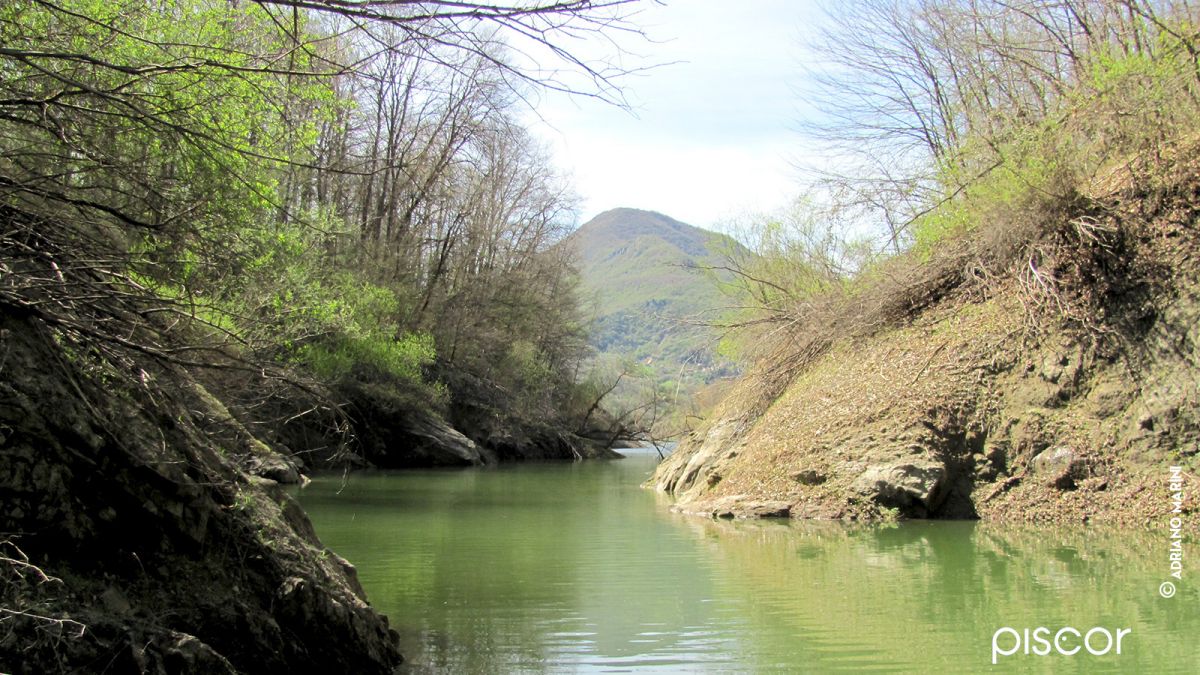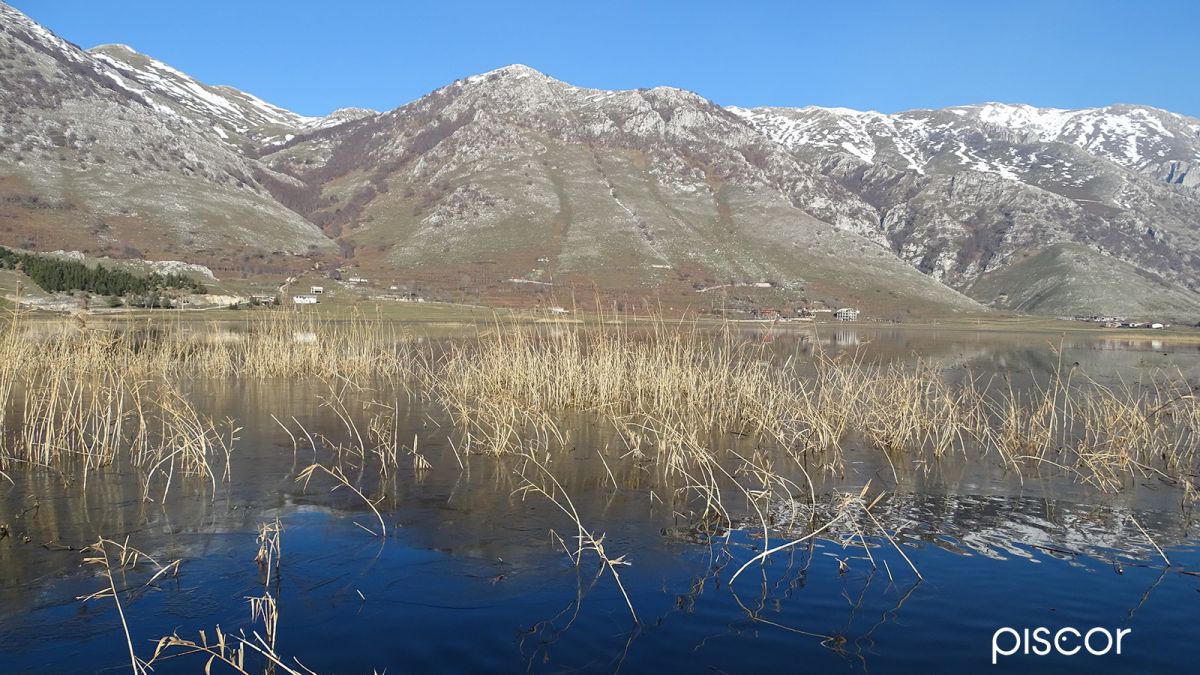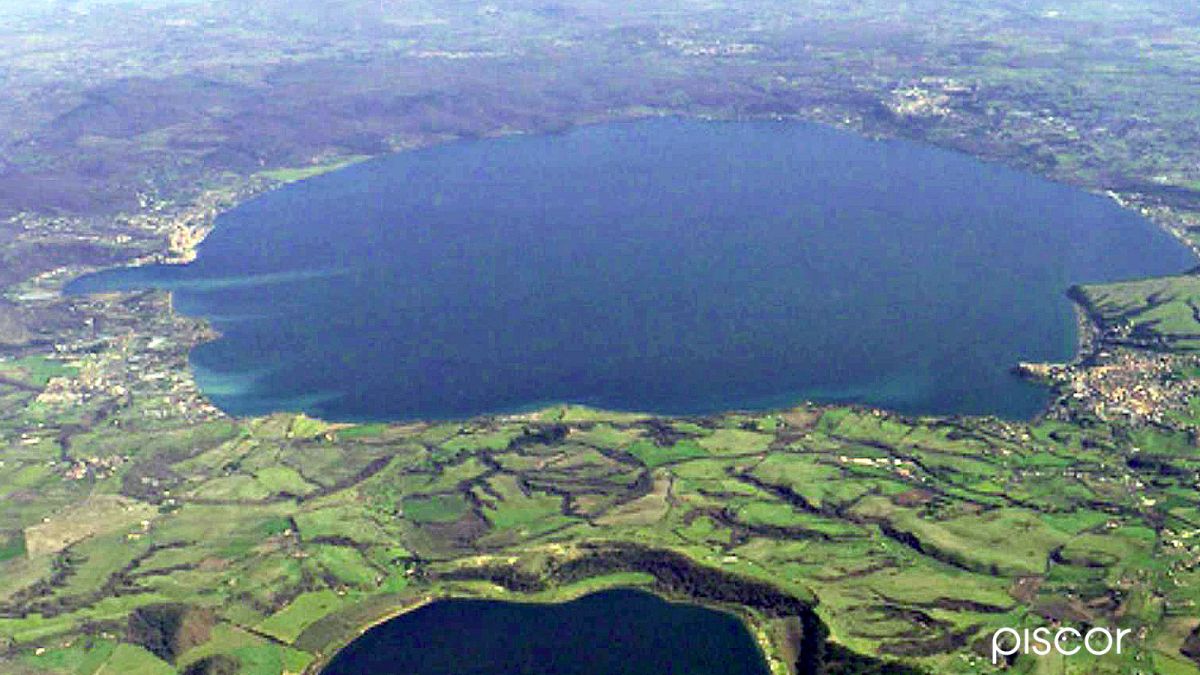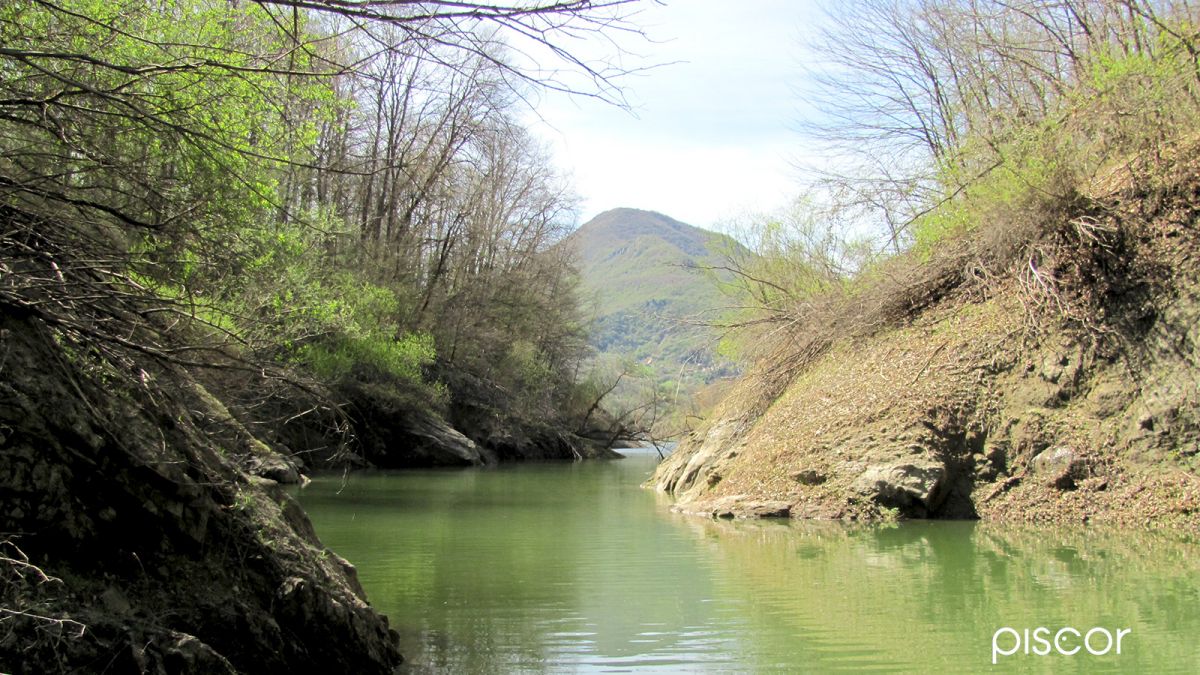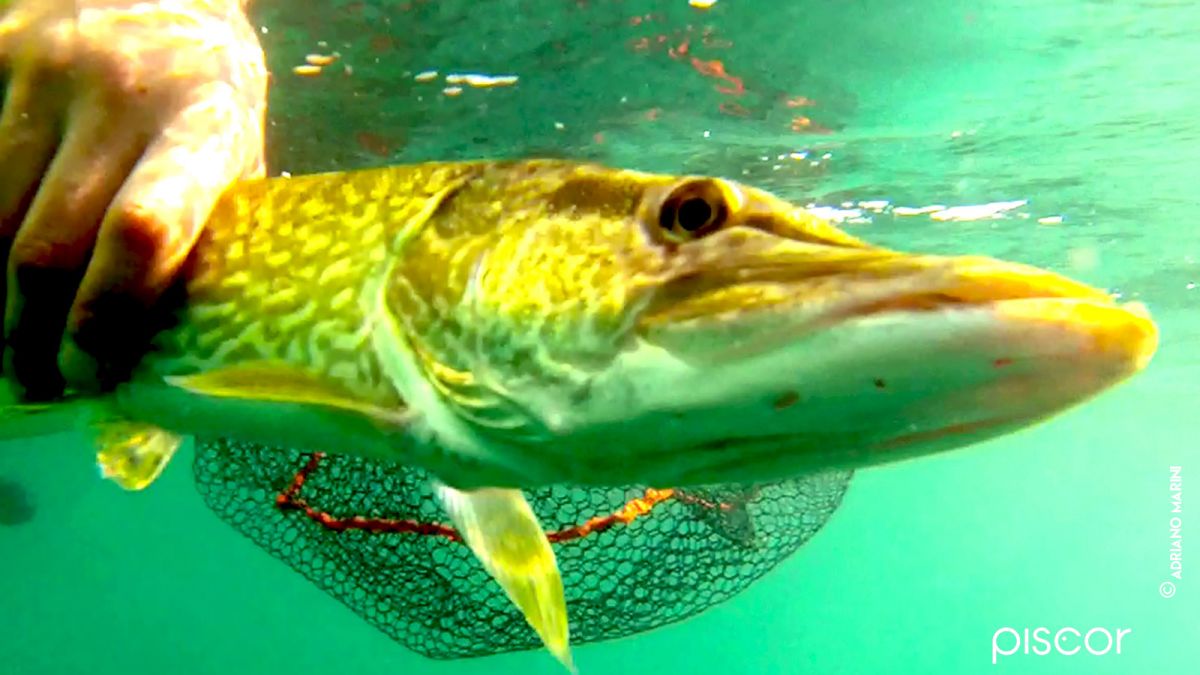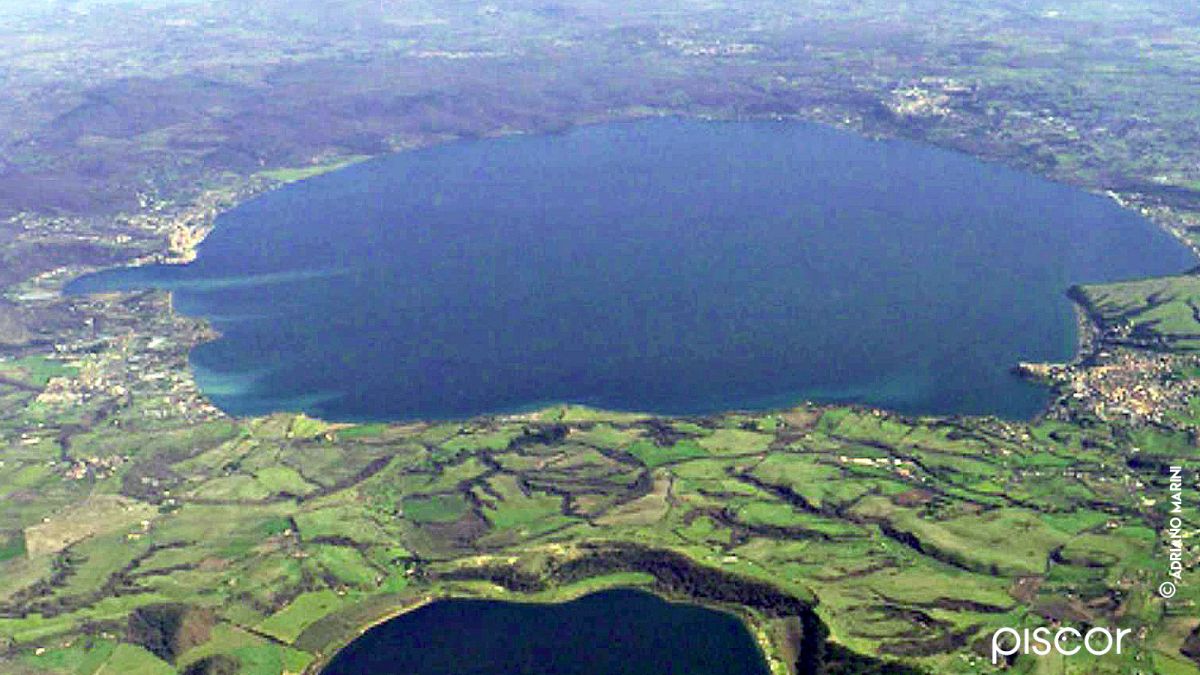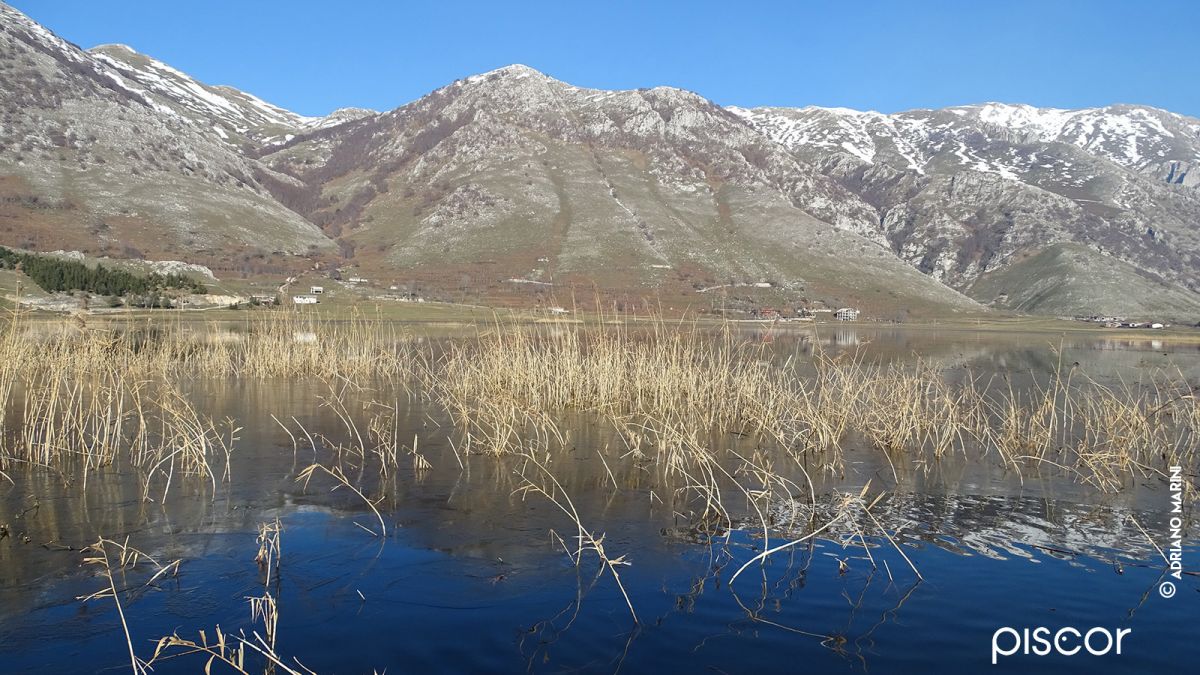The initial approach of each pike fishing session must take into account, among other things, the characteristics of the environment in which this predator will be searched for. In fact, depending on the spot that we are going to face, will change, and a lot, the fishing methodology.
Pike has an enormous diffusion, in almost every kind of environment, even if in the last years its numbers are decreasing because of an indiscriminate professional fishing and poaching. Despite everything, this fish is still quite easy to find in our lakes and rivers.
We classify the waters from pike: volcanic lakes, karst lakes, mountain lakes (natural barrage), artificial lakes, rivers.
Volcanic lakes are those formed in the craters of extinct volcanoes, have a fairly regular circular shape and are usually very deep.
The large mass of water they contain and the large distances from one bank to another, create quite a few difficulties when fishing from the shore. In these lakes pike often live as pelagic fish and they move very far (even of km) from the coasts, reaching enormous dimensions, especially when in the lake there is a big presence of forage fish.
It is almost always the combination of large areas with large quantities of medium sized "forage" fish (whitefish, perch, etc.) that creates the ideal environment to grow our exocides until they become "Big Pike".
Volcanic lakes are lakes which, in order to be beaten effectively, therefore need a boat, since the most productive areas are the "crown" and the "drop", a bathymetric ring and a step, which delimit the lower waters rich in vegetation, from the deeper waters which do not have them.
This spot can be found, depending on the case, a few tens of meters from the shore, or several hundred. Usually inside the crown there are small and medium sized pike, while on the outer edge and on the drop we have a good chance to meet the larger pike.
Another spot not to be underestimated is the open water, the open spaces. In open waters, pike usually stand on the thermocline.
To beat this mysterious "spot" at its best, we need the help of a good fishfinder, which will help us to identify both the pike and the thermocline. Fishing from the boat you can opt for trolling, or spinning when we are sure to be on the fish, and when it is not too deep.
Fishing from the shore in lakes of this kind is very problematic and limited to those few points (steep shores) where the geography of the lake allows us to arrive with a launch at a good depth, overcoming the herbarium that will certainly occupy the first meters of shore.
Karst lakes: these are small basins that form in a dolina, usually depending on rainwater and small springs. They do not reach great depths and their level varies according to the climate (heat/evaporation, cold/ice) and above all to the meteoric precipitations.
They are often surrounded by reed beds and thick grasslands, which on the one hand form excellent hunting environments for pike, but on the other hand can create great difficulties for fishing, especially from the shore.
In these places it is possible to find pike of all sizes in every part of the lake. Here, too, boat fishing offers great advantages: you can fish outside the grasslands and you can avoid areas with very shallow water near the shore.
Fishing from the foot instead are very useful waders and equipment that is able to shoot our bait at least fifty meters away.
Mountain, natural barrier and reservoir lakes: this category includes a wide range of lakes, most of which are present in the area.
These basins have similar morphological characteristics, even if they can be very different in size.
The main difference from volcanic lakes (apart from the origin of the formation) is the irregular shape, which is often characterized by the presence of large inlets.
With the exception of small mountain lakes, we are talking about large basins with large depths, which very often host huge fish.
Also in these lakes are often present crowns that delimit big grasslands and drops, but because of the irregular shape and the jagged shores, usually the crowns of grasslands and drops are in positions not easily intuitable as they are instead in the volcanic lakes.
Especially in artificial lakes, we can find structures, rocks, shallows, trees and sometimes entire submerged villages, which form spots and covers in unexpected locations.
These lakes are easily accessible both from the shore and from the boat, bearing in mind that fishing from the shore you will have to try to make distance (long-cast), unless you fish in covers very close and visible, which may be tree trunks outcropping or submerged, emerging rocks and structures close to the shore.
Fishing from the boat the possibilities of capture increase a lot: we can follow grasslands and drops at a certain depth for their entire length, or move to great depths in search of "forage balls" near which, probably, stand large pike in the hunt.
Also in these lakes, as in the volcanic ones, the "Big Pike" can become pelagic and move at a great distance from the shores.
Another factor to keep in mind is the great variability in the level of artificial lakes compared to natural ones. The level can vary greatly depending on the hydroelectric needs, causing major changes in the geography of the lake and in the behavior of predators.
Rivers: One of the most interesting and difficult environments to threaten pike is the river.
We are talking about medium and large rivers, because they are the ones that usually host the largest specimens. Recently, the population of pike in rivers has declined dramatically.
Certainly our dear exocide suffers greatly from pollution and competition from large non-native species that tend to occupy a leading position in the food chain, obviously without considering the big scourge of poaching.
Not being an excellent swimmer, especially with regard to resistance, it is easier to find it in parts of the river with slow or no current, such as loops and deep holes, or sheltered from obstacles that form the current turns, such as pylons of bridges, large trunks or other structures.
Here, too, it will be possible to threaten pike both from the shore and from the boat, bearing in mind all the problems of sailing in a confined and potentially obstructive environment.
For shore fishing, waders and heavy casting equipment can be used to force pike when fishing near rafts or submerged structures, where they could get tangled.

